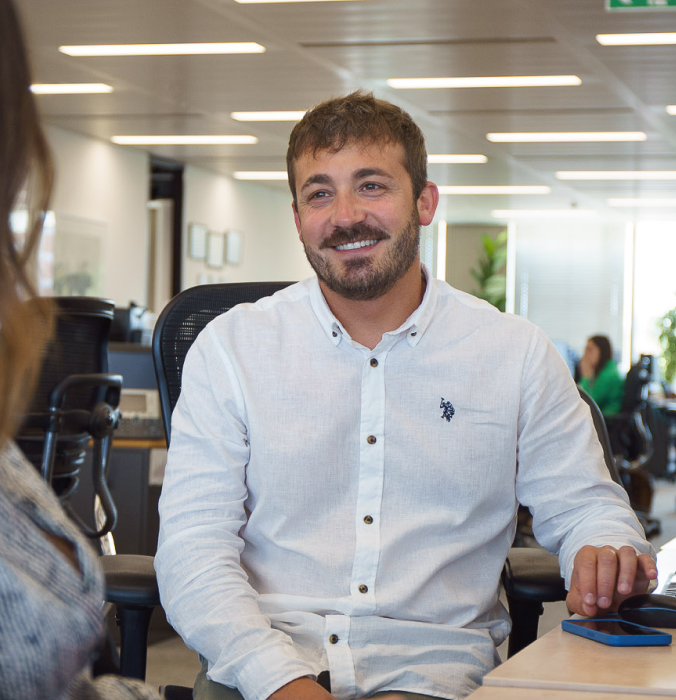The Week in Alt Fuels: Building the backbone
More ports are laying the foundation for alternative fuel bunkering ahead of expected global rules and tightening regional regulations. But potential supply bottlenecks could hamper wider global adoption.
 IMAGE: Aerial view of container port in Hamburg, Germany. Getty Images
IMAGE: Aerial view of container port in Hamburg, Germany. Getty Images
Many ports across Europe, Asia, the US and the Middle East are vying for a seat at the alternative fuel table, pushing ahead with green bunkering infrastructure to help ships cut emissions.
The pace of development seems to have quickened, and as of August some ports are moving faster than many expected.
Methanol bunkering gathers pace
Two German ports are stepping up their preparations. Hamburg Port Authority has introduced safety and operational guidelines for ship-to-ship methanol bunkering of container ships at Waltershof. The move follows similar steps taken by the ports of Bremen and Bremerhaven earlier this year, underlining a coordinated shift towards preparing for methanol as a marine fuel.
On the other side of the world, methanol has been bunkered in Qingdao Port on China’s Yellow Sea coast, while Golden Island’s bunker vessel has arrived to launch bio-methanol trials in Singapore.
Even in the US, South Louisiana has gone out to tender for a methanol bunkering barge, a sign that certain American ports are also gearing up for the methanol wave.
LBM availability improves
Liquefied biomethane (LBM) is appearing in new locations. Barcelona has hosted a ship-to-ship delivery of 838 mt to TUI Cruises’ Mein Schiff Relax, while in Algeciras, Axpo has supplied 1,788 mt to a container ship. These quantities suggest ports are stress-testing larger LBM transfers before tighter global regional emission targets make them unavoidable.
LBM has also become available in Germany’s Elbe port, while Seaspan Energy plans to offer LBM bunkering for vessels calling at all ports along the US West Coast.
Biofuels hold steady
Liquid biofuels keep their place in the mix, and are being bunkered in more and more locations. Brittany Ferries’ Pelican has been regularly bunkered with B25 at the Port of Poole in the UK, while Reykjavík hosted a one-off but symbolic 100 mt delivery of B100 to a Virgin Voyages cruise ship.
Shore power spreads its reach
Not all the action is about fuels. Ports are also investing in shore power, which is steadily becoming standard for cruise and container terminals around the world.
Oman’s Sohar port is building a facility for its container terminal, Antwerp-Bruges has broken ground on a system for cruise ships at Zeebrugge, and Moerdijk in the Netherlands is moving ahead with an inland vessel charging station. In Bilbao, a contract worth over €11 million ($12.81 million) has been awarded to install solar plants that will feed its onshore power supply.
Ammonia and hydrogen find footholds
Ammonia and hydrogen are starting to make inroads. Egypt’s Suez Canal Economic Zone has partnered with Japan’s Itochu to develop ammonia bunkering infrastructure in Sokhna and East Port Said.
China’s Dalian port has piloted green ammonia bunkering, a milestone that puts the fuel firmly on the map. And in Indonesia, French and German companies are exploring whether hybrid hydrogen and battery-powered ferries can be deployed across the country's islands.
The missing molecule barriers
Enthusiasm on the waterfront does not guarantee molecules in the tanks.
Feedstock availability, production capacity and costs remain the hard limits to scaling green molecules of methanol, biomethane, ammonia and hydrogen. Even where infrastructure is in place, securing consistent cargoes can be difficult.
For instance, shipping firm Norden recently noted that its dry bulk and tanker vessels call at a wide range of ports, which makes biofuel bunkering “quite challenging” on a global scale. Other low- and zero-emission fuels are even less available than biofuels and are projected to trade at higher price premiums, which could further limit adoption.
So for now, ports may be taking the right steps, but without steady supply the risk is clear: even the fastest movers could end up with empty jetties.
In other news this week, Hong Kong-based conglomerate Caravel Group and Denmark’s Celsius Shipping have jointly ordered two 20,000-cbm LNG bunker vessels from Chinese shipyards. Deliveries are scheduled for the third and fourth quarters of 2027.
Shell Nederland Raffinaderij will not restart construction of its planned 820,000 mt/year biofuels facility in Rotterdam. The company has attributed adverse market dynamics and high completion costs that would make the project economically unviable as reasons for its decision.
Norwegian firm Yara Clean Ammonia (YCA) has signed a long-term charter agreement with Navigator Amon Shipping for two new ammonia-capable gas carriers. The gas carriers will be built by China’s Nantong CIMC Sinopacific Offshore & Engineering, with delivery scheduled for June and October 2028, Navigator Holdings said earlier.
Singapore-based renewable energy startup Destiny Energy plans to build a 10,000 mt/year e-methanol plant in Estonia, chief executive Vijay Sirse told ENGINE. E-methanol production is expected to start by 2028, Sirse confirmed.
By Konica Bhatt
Please get in touch with comments or additional info to news@engine.online

Contact our Experts
With 50+ traders in 12 offices around the world, our team is available 24/7 to support you in your energy procurement needs.




